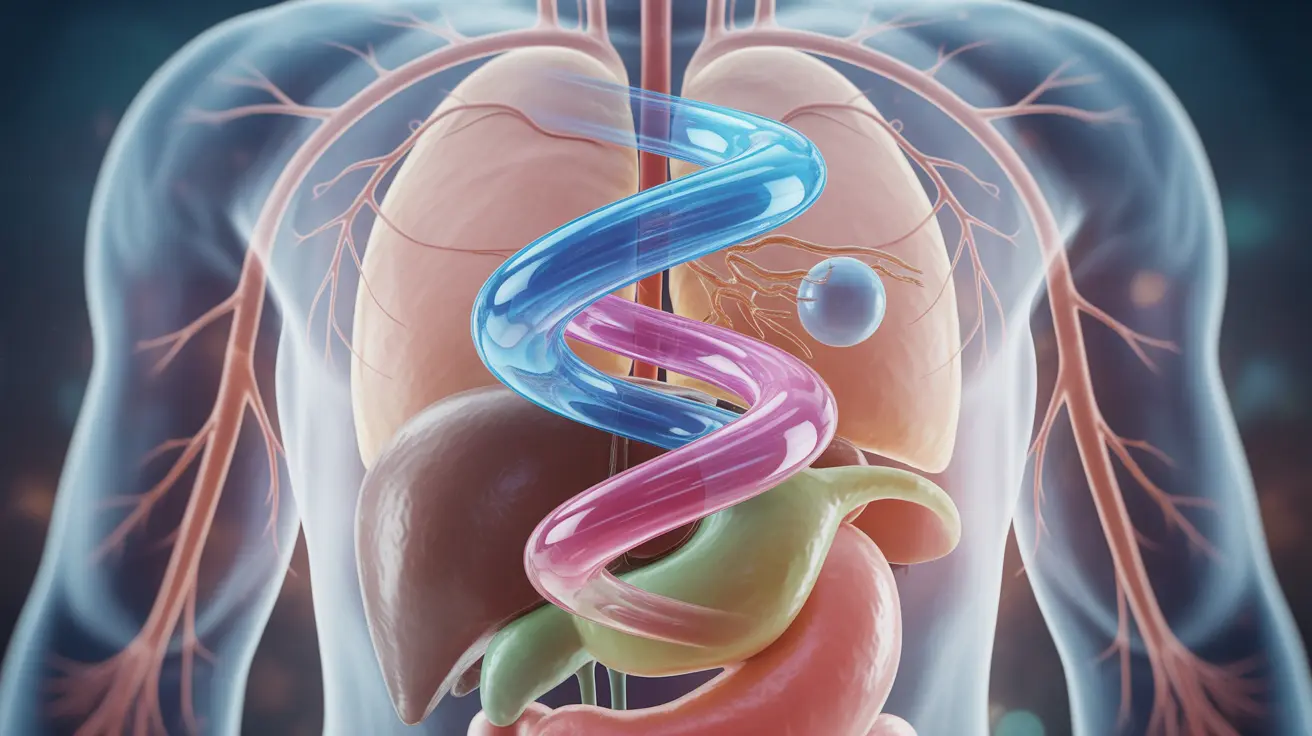When seeking alternative treatments for pain and muscle dysfunction, many people encounter two similar-looking but distinct therapies: dry needling and acupuncture. While both practices involve inserting thin needles into the body, they differ significantly in their approach, philosophy, and application. Understanding these differences can help you make an informed decision about which treatment might be right for your specific needs.
Understanding the Fundamental Differences
Dry needling and acupuncture may appear similar on the surface, but their underlying principles and treatment approaches are quite distinct. Dry needling focuses specifically on treating myofascial trigger points and muscle tension using Western medical principles, while acupuncture is rooted in traditional Chinese medicine (TCM) and aims to balance the body's energy flow, or "qi."
The Science Behind Each Approach
Dry Needling Mechanics
Dry needling targets specific trigger points in muscles that are causing pain or dysfunction. These trigger points are tight bands or knots in muscle tissue that can cause both local and referred pain. When a needle is inserted into these points, it creates a local twitch response that helps release muscle tension and promote healing through increased blood flow and reduced inflammation.
Acupuncture Principles
Acupuncture operates on the principle of energy meridians throughout the body. Practitioners insert needles at specific points along these meridians to restore balance to the body's energy system. While this may sound less scientific to Western minds, research has shown that acupuncture can effectively stimulate the nervous system and release natural pain-relieving chemicals in the body.
Treatment Approaches and Techniques
Practitioner Training and Certification
Acupuncturists typically undergo extensive formal education, often completing 3-4 years of master's level training and requiring national certification. Dry needling practitioners, usually physical therapists or chiropractors, complete shorter certification programs focused specifically on the technique, typically ranging from 50-100 hours of training.
Treatment Sessions
Dry needling sessions tend to be more targeted and may focus on specific muscle groups causing pain. These sessions often involve deeper needle insertion and may produce more immediate muscle responses. Acupuncture sessions typically involve more needles placed at various points throughout the body, with gentler insertion and longer retention times.
Choosing the Right Treatment
When to Consider Dry Needling
- Specific muscle injuries or strains
- Sports-related muscle tension
- Acute muscle pain and trigger points
- Rehabilitation following injury
- Muscle performance enhancement
When to Consider Acupuncture
- Chronic pain conditions
- Stress and anxiety management
- Sleep disorders
- Digestive issues
- Overall wellness and prevention
Frequently Asked Questions
What is the difference between dry needling and acupuncture in terms of how they treat pain? Dry needling specifically targets muscle trigger points using Western anatomical principles to release tension and improve function. Acupuncture treats pain by addressing energy imbalances through traditional Chinese medicine concepts, inserting needles along meridian lines to restore proper qi flow.
How do the training and regulation of dry needling practitioners compare to those of acupuncturists? Acupuncturists undergo more extensive training, typically 3-4 years of master's level education plus national certification. Dry needling practitioners, usually physical therapists or chiropractors, complete shorter specialized certification programs focusing specifically on the technique.
Which conditions are best treated with dry needling versus acupuncture? Dry needling is typically best for specific muscular issues, sports injuries, and acute pain from trigger points. Acupuncture is often more effective for chronic pain conditions, stress-related issues, and holistic health concerns.
What should I expect during a typical dry needling session compared to an acupuncture treatment? Dry needling sessions are usually shorter, more targeted, and may cause more immediate muscle responses. Acupuncture sessions tend to be longer, use more needles, and focus on creating a balanced, relaxing experience.
Are the needles and sensations used in dry needling similar to those used in acupuncture? Both treatments use thin, solid filiform needles, but dry needling typically involves deeper insertion and may cause more intense sensations. Acupuncture needles are usually inserted more gently and superficially, creating minimal discomfort.




